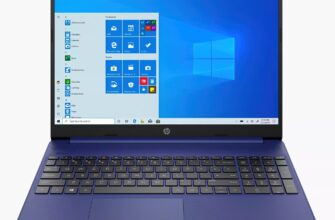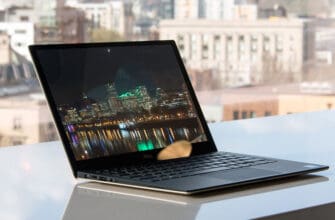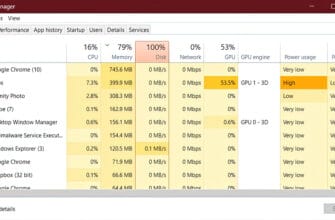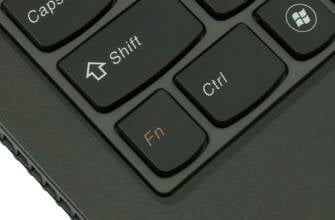Laptops were first introduced in the late 1980s by IBM’s development team. At the time, laptops were designed to replace typewriters as efficient alternatives to desktops. However, it wasn’t until the 1990s when they became widely available, taking over the market quickly and replacing PCs as everyday computing devices.
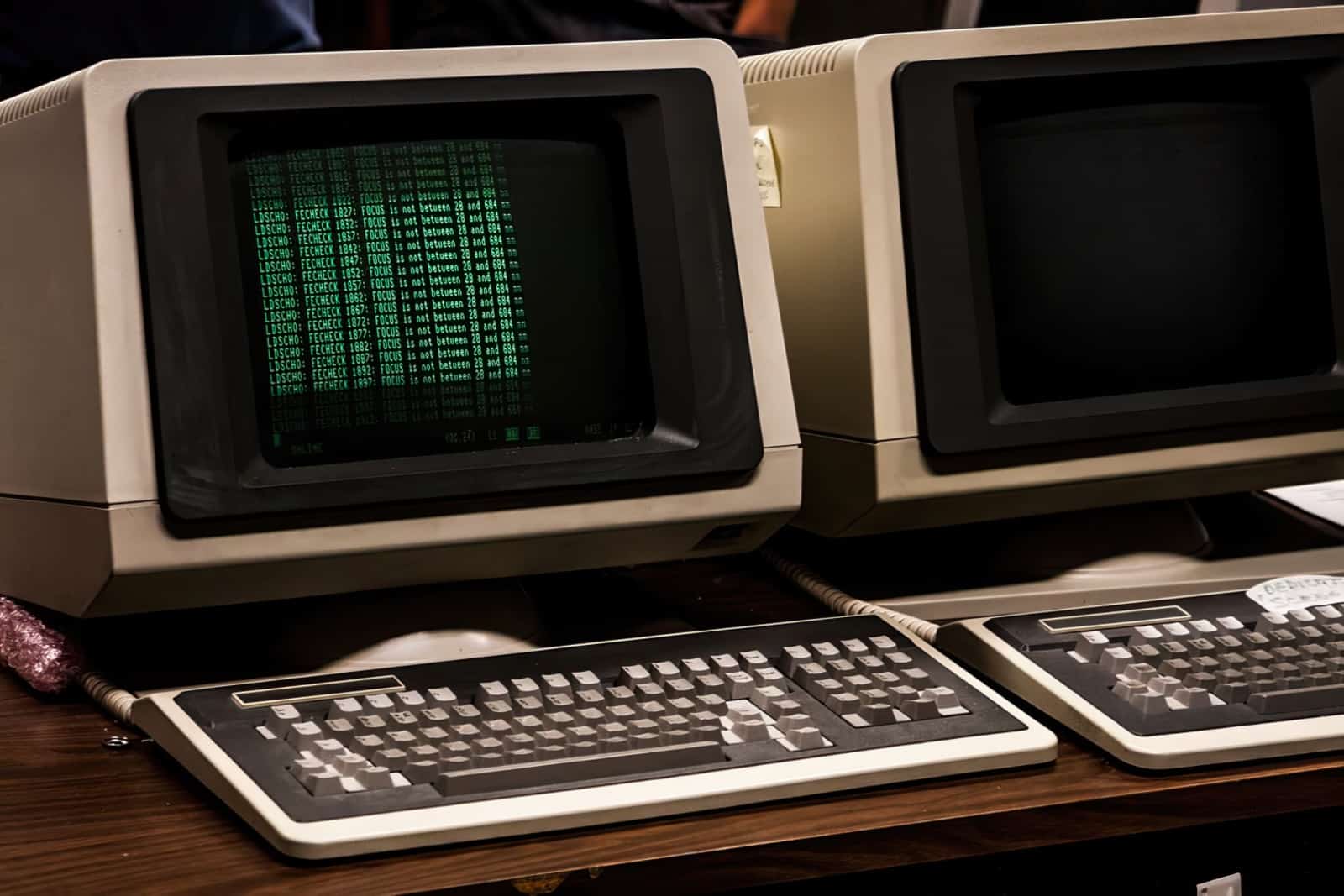
By now, we’ve seen decades of advancements in laptop technology, making them essential tools for work, school, and entertainment. In this article, we’ll delve into the fascinating history of the laptop, including key milestones and the people behind them.
The Beginnings
Inventors
In 1976, Steve Jobs and Steve Wozniak invented the world’s first personal computer, the Apple-1. The computer was introduced by Jobs at the 1977 California Consumer Electronics Show (CES) with the slogan “Bringing you together”. The product featured an 8-bit processor based on the Intel 8080 chip, a graphical user interface (GUI), and had 128KB RAM, providing power to run programs and applications for basic computing tasks.
The inspiration behind the creation of the Apple-1 was Jobs’ fascination with microprocessors, which he saw as an opportunity to change the world with his innovative ideas. With a focus on simplicity and affordability, the Apple-1 paved the way for personal computing revolutionized through electronic devices.
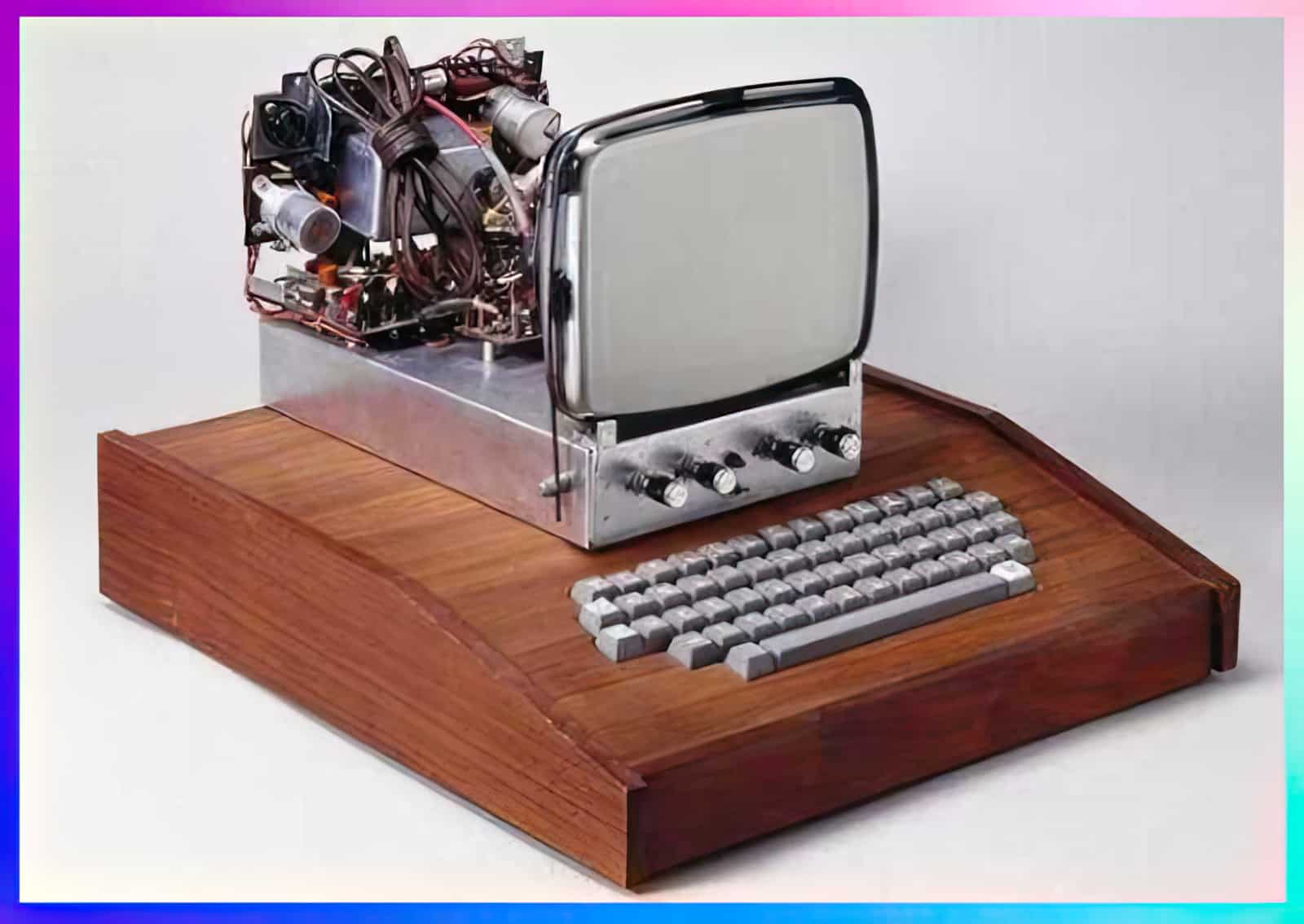
The world saw the birth of several inventors who contributed to the development of the laptop. The first notable inventor was Jack Biesek, a computer programmer working at Xerox PARC in California in the late 1970s. He had an idea for a device that could perform word processing tasks while attached to the desktop printer port via parallel ports.
This concept eventually led to the Xerox Alto, which was launched in 1973. It was primarily used for document generation, but it also had rudimentary word processing capabilities. The Alto would soon transform into the Xerox Star, one of the earliest graphical user interfaces (GUIs) and a precursor to Windows 3.0.
Rambus Inc.
Another key player in the early history of the laptop was Rambus Inc., a Silicon Valley chip maker founded by David Packard and Henry Wirtz. Their engineering work resulted in the creation of DRAM chips that helped the revolutionize the personal computer industry. Packard and Wirtz also invested heavily in the early days of laptop development, contributing to the first wave of portable computing with the release of the Tandy T5 in 1984.
Portable Computing
Nostalgia of the 90s
Before widespread adoption, portable computing was mostly limited to office applications like fax machines and scanners.
Laptop Evolution from the 80s
At around the same time, scientists at Stanford University developed the first desktop computers based on microprocessors, known as minicomputers. With the release of these early desktop computers, a new era of portable computing began to emerge. The 1980s saw many technological advancements in the form of laptops such as the Litton Systems Cyber200, COSMACEL Pentax 486, DEC VMS 386, and Texas Instruments TI-99/4. But, it was still not practical to carry around heavy machinery everywhere.
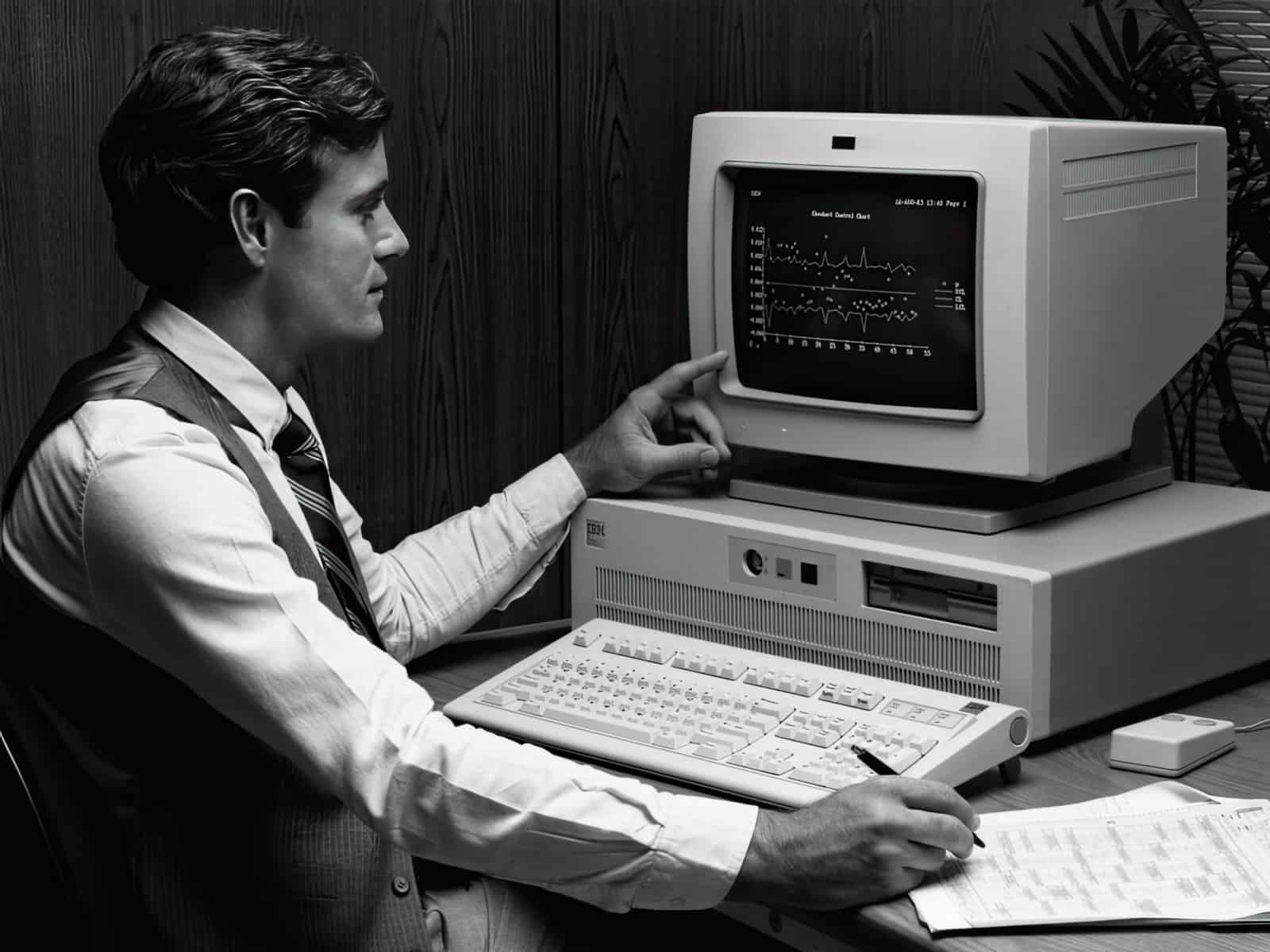
Portable computing was later embraced by professionals during the early 90s, starting with a company called Digital Equipment Corporation (DEC), whose PDP-11 laptop line was the first major advancement in portable computing. The introduction of the handheld PC in 1988 was another significant turning point, as this changed the landscape forever. And, just as the PC revolutionized the way we interact with information, the laptop continued the trend and made computing easier than ever before.
The Proliferation of New Technologies
One of the most crucial developments in the history of the laptop was the expansion of technology that allowed users to access the internet and connect with each other. Through the mid-90s, a series of technologies took shape, beginning with popular software programs like Netscape and Internet Explorer, which paved the way for multimedia files and internet connectivity.
Computers Made More Accessible
With the advent of broadband networks, laptop functionality expanded beyond basic word processing and spreadsheet editing. Innovations like Virtual Private Network (VPN) connections, online storage, and instant messaging ushered in the dawn of the digital age and created a whole new class of users who could access their networks from anywhere.
Virtual Reality Networks
From remote collaboration with colleagues through video conferencing to virtual reality enthusiasts using their laptops as expensive headsets, virtual reality technology quickly followed suit with wireless LAN solutions by expanding network functionality, especially for businesses. In today’s world, virtual reality technology is a very powerful tool that allows individuals to participate in virtual worlds where the limits are almost endless.
Laptops in Education
Just like desktop computers, laptop computers have become indispensable in education, providing students with access to resources wherever they might be.
Invenition ihe Technology: A Development Roadmap
As previously discussed, technological innovation began at Stanford University in the 1980s with the formation of new desktop computers. This shift ultimately paved the way for future advancements in laptop technology. Laptop inventions can be broken down into various stages, starting with the first laptops in the 80s up to present day technologies. As we continue exploring more about the history of the laptop, you’ll discover how incredible technological advancements impacted society.
Summary of Laptop Evolution and Advantages
The story of the laptop is one of unprecedented progress, but also of unique challenges. Since its birth, the evolution of the laptop has seen massive breakthroughs that reshaped the industry and significantly impacted the lives of millions of people worldwide. From its humble beginnings as a typewriter replacement, the laptop came to play a central role in the daily routines of countless people, both professional and casual alike. What follows is an overview of some key milestones in the evolution of the laptop:
- Early 20th century: Developments in electronics enabled engineers to create smaller and more versatile machines. However, these early laptops were too heavy and expensive for widespread use.
- 1950s: Early portable computers based on IBM 704 mainframes appeared in military offices during World War II. The concept survived the war and developed into the Digital Equipment Corporation (DEC) line of desktop computers that defined the portable PC revolution.
- 1970s: The Xerox Alto, the first GUI computer, arrived, replacing terminals and printers with full-featured workstations.
- 1980s: The handheld PC, introduced by DEC, revolutionized handheld computing, enabling professionals to perform serious business work while out of the office.
- 1990s: Today’s mainstream laptops offer multitouch interfaces, built-in webcams, Wi-Fi connectivity, enhanced battery life, and faster processors than ever before.
- Recent years: Advancements in energy efficiency, organic light-emitting diode (OLED) displays, ultra-thin designs, lightweight materials, and multi-touch interfaces provide users with seamless mobility, enhancing productivity and flexibility in their daily activities.
Throughout the journey, the technology behind the laptop was largely driven by basic microprocessors that could handle computationally intensive tasks, wireless networking, and flexible storage mediums such as CDs and floppy disks. While these achievements have led to tremendous improvements in functionality, laptops today must still maintain speed, durability, and portability in a continually changing tech landscape.
By contrast, desktop computers faced limitations in terms of user experience and performance, even after advancing through the mid-20th century. But those who remember the days of manual typewriting might look back on laptops’ time underappreciated pioneers of progress towards what we call “smart” computing today.
| Computer | Year Invented | Processor | Speed | RAM | Storage | Price | Similar Products |
|---|---|---|---|---|---|---|---|
| Commodore 64 | 1975 | 6510 | 2MHz | 1MB | 16MB | $395; Commodore Plus/Four | IBM PC/XT |
| Atari 400 | 1976 | 4016 | 4MHz | 1KB | 256KB | $700 | Acorn Electron |
| VIC20 | 1977 | 2040 | 3.75kHz | 32KB | 16KB | $1495; Commodore VIC-20 | MS-DOS |
| Radio Shack Altair 8800 | 1975 | Z80 | 1.536MHz | 512KB | 32KB | $265; Microcomputer System | Xerox PARC PARC |
| Texas Instruments TI-99/4 Personal Computer | 1979 | ARM7 | 10MHz | 512KB | 8KB | $1555; Intel 8080/0186 | PET Computer |
| Commodore 128 | 1982 | 6502 | 2MHz | 512KB | 32KB | $495; Commodore 128 | IBM PS/1 |
| Motorola Dynabook | 1984 | 68000 | 6.25MHz | 512KB | 32KB | $1595; Osborne 1 | iBook G3 |
| Apple Macintosh | 1983 | PowerPC | 133MHz | 640KB | 80KB | $799; Macintosh SE | MS-DOS 3.31 |
| Acorn RISC OS | 1988 | ARM | 1.5MHz | 32KB | <$100 | Acorn Atom / Archimedes | Acorn Atom / Archimedes |
| NEC Multiuser MS-DOS | 1990 | MIPSR4000 | >32MHz | >256MB | >64MB | NEC PC Junior | IBM Personal Computer |
| HP LaserJet 5MP | 1989 | 68866A | 150kHz | 160KB | 4KB | $299; HP Deskjet 5XX | Epson PrintCenter |
Conclusion
The development of the laptop has been a revolutionary process that started in the 70s with the invention of desktop computers by scientists at Stanford University. Fast forward 30 years and the evolution of laptops continues to bring us closer together, transforming the world. Technology brings forth constant innovations and adaptability making life simpler.
Technology has been an integral part of the development of our society since the very inception of computers all the way till modern times, having given access to everyone, wherever they are, on any platform, at any place, anytime or everyday.
The advancement of technology has opened doors of opportunities and access to knowledge far beyond imagination, having transformed lives on a profound scale. We now live in an interconnected world, with people constantly connected across countries globally, leading to increased global understanding among humans, which has dramatically affected the human race as a whole. Hence, this article concludes on the discovery of the entire story about the History of the LapTop, including its beginnings with the creation of desktops and its rapid success in the market.
While laptops became available to the public in the late 60s, it wasn’t until the 1990s when mass production became available. From then on, further advances were made in every single decade, including increased computing power, lighter weight design, mobile devices, and more ways of accessing, sharing, storing, storing, connecting, collaborating, doing other tasks, as well as more applications, features, hardware, software, systems.
Having concluded, this review hopefully has provided readers with enough information so that they can begin to appreciate the historical significance of the lap top and understand why it has played such a vital role in the development of our modern world. Technology truly brought humanity forward into the new millennium, from different angles and platforms; offering efficient options for performing many task and had great impact on personal communication.
Laptops have gradually become more ubiquitous and prevalent, allowing access to anyone, regardless of location, any language, any age, gender or ethnicity, without sacrificing performance.
Read more:

